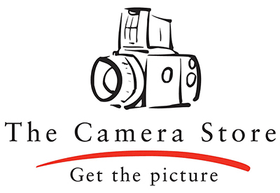As someone who shoots a lot of film, one of the most important pieces of gear in my camera bag is my light meter. When I go out with any of my film cameras, my trusty Sekonic L508 incident/spot meter is always by my side.

I have always loved using a light meter, not only because it obviously helps you get the correct exposure when you are taking photos, but for me it also helps me look deeper at the light, to analyze the light.

We all know that any modern digital camera will give you a correct exposure 99 times out of 100. But what is a correct exposure?
For me, and especially taking photos with film, when I use a light meter, I start to make more creative decisions.

Questions I always ask myself is, am I going to underexpose this shot to obtain a certain look that might make this photo better. Am I going to over expose this photo and what kind of a look with that give me. A light meter is crucial in making those creative decisions.

With black and white film, I am constantly using the spot meter feature on my meter. It helps me better understand how much shadow detail I will retain with my developing system, and where the highlights will fall. It will help me with exposure decisions that will give me the “look, tone and feel” of my final print.

Ansel Adams used to visualize his final print even before he took his photograph. Understanding how and when to use his light meter helped him achieve his incredible final prints. Not only did he know where to meter, but how it all fit into his system.

For me photography is all about being aware of the light and how I want to use it for the final look of my image. A light meter helps me obtain and create a “look” for my photos, not just letting a camera decide what look you should have.
The Camera Store carries a variety of light meters for photographers.
Check out Todd’s Youtube video on Light Meters below!



